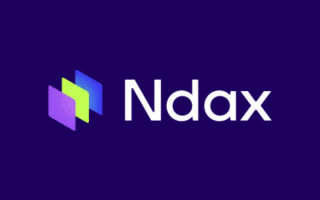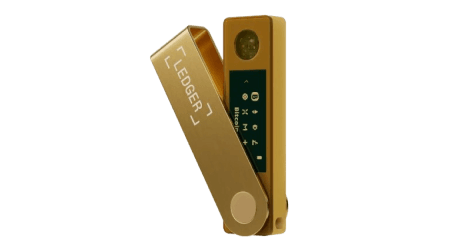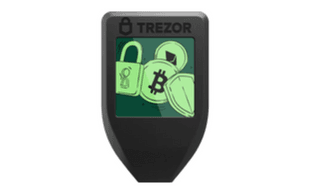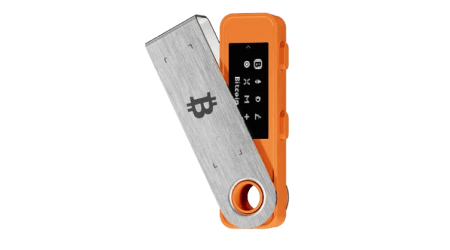Ndax Cryptocurrency Trading Platform

- Buy & sell ETH and 30+ other cryptocurrencies easily and securely.
- Pay no hidden price mark-ups. Just one low fee.
- Deposit CAD easily through Interac eTransfer or Wire Transfer.
Following the Merge, Ethereum now uses proof of stake (POS), which allows you to stake your Ether coins (ETH) in return for more ETH.
Staking is designed to make the Ethereum network faster, more scalable and more sustainable. Mining on Ethereum has stopped, leaving staking the only way to earn new ETH. There are both simple and complex ways to participate in staking, each with its own benefits and risks that you need to weigh up.
This is not an endorsement of cryptocurrency or any specific provider, service or offering. It is not a recommendation to trade or use any services.
Ethereum staking involves validating transactions on the Ethereum network to earn new ETH coins. By locking up a minimum of ETH in a wallet, you gain the ability to confirm whether a transaction conforms to signature requirements and other rules. In return for your work, you get additional ETH coins – this is called staking rewards.
Anyone can become a validator by staking through dedicated software, through your Ethereum wallet or by joining a staking pool.
The minimum amount of ETH required to run a validator node alone is 32. Anyone with less than that will want to join a pool or another service that lets you stake small amounts of ETH for rewards. You can find these pools on platforms such as Crypto.com and Nexo, which usually let you start with 1 ETH or even less.
Staking's goal is to make the network more secure from attacks and more decentralised. Ethereum staking is the only way to create new ETH coins following the Merge, which made energy-intensive mining obsolete.
The Merge refers to the Ethereum network upgrade that went live in September 2022. It implemented the following:
There are various ways of staking Ethereum. This depends on how much Ether you're willing to deposit and how comfortable you are using the Ethereum blockchain.
You must stake 32 ETH to become a validator on your own. This means you get to keep the full staking rewards. With anything less than that, you can join a pool like the DeFi protocol Lido or use an exchange like Crypto.com. This makes staking a lot easier for most people, although the pool will take a cut of your rewards.
If you don't have 32 ETH or want to deposit that much, consider joining a staking pool.
This is a simpler process than staking alone as the pool and services staking for you typically do the technical work on your behalf. Because these pools provide a service for you, most pools charge either a flat fee or a percentage of your rewards for doing so.
Exchange pools operate on exchanges like Binance, Coinbase and Kraken, but some of these may not be available to users in Canada. Joining is a matter of creating an account with an eligible exchange and following the instructions for staking your ETH.
Note: You can't withdraw your staked ETH immediately post-Merge. This feature will be available within 6–12 months after this upgrade.To make comparing even easier we came up with the Finder Score. Supported coins, account fees and features across 28 cryptocurrency trading platforms are all weighted and scaled to produce a score out of 10. The higher the score, the better the exchange—simple.
MyEtherWallet through a partnership with a node-hosting service called Staked lets browser and mobile wallet users stake ETH directly through their wallets. You must deposit the full 32 ETH required to become a validator and be willing to pay a 0.75% fee.
If you don't have 32 ETH to deposit, an alternative is Trust Wallet or MetaMask, which allow you to directly stake using DeFi protocols such as Lido and Rocket Pool with less than 32 ETH.
To securely use your ETH with MyEtherWallet or Trust Wallet, consider using a hardware wallet.
Ledger Nano X Wallet |
Trezor Model T Wallet |
Ledger Nano S Plus Wallet |
 |
 |
 |
|
|
|
|
|
|
|
|
|
Supported assets 5,500+ |
Supported assets 1,000+ |
Supported assets 5,500+ |
|
Price (USD) $149 |
Price (USD) $129 |
Price (USD) $79 |
See more of the best crypto wallets
Staking as a validator is complex, but here's a brief overview of a method to help you decide if its right for you.
You need storage space and a stable connection to run the validator software:
With Ethereum staking, you secure and add new blocks to the Beacon Chain. You must deposit either 32 ETH to become a full validator or join a staking pool with a lower amount.
You earn rewards for correctly validating transactions. If you make too many mistakes – for example, validating conflicting blocks – you can lose a part of your staked coins through slashing, a process designed to punish poor validators. You might also be booted from the network.
Slashing is a penalty designed to punish validators who submit fraudulent transactions to the Ethereum blockchain. If a validator breaks the rules, they will have a portion of their staked 32 ETH removed from their ownership and be booted from the network.
As of September 2022 you can earn around 4% of your invested ETH, paid annually in ETH coins. This rate is dynamic though and will change over time.
Your rate of return depends on the number of ETH staked at any given time across the network. When fewer ETH are validating the network, the reward is higher to provide an incentive for more users to stake their ETH. The more ETH staked at the same time, the lower the reward.
The dollar value of your return depends on the current price of ETH. If the price of ETH rises, your reward increases even more. But if the price of ETH drops, your reward value drops as well.
The network transfers ETH staking rewards to validators every epoch – every 384 seconds or roughly 6.5 minutes. The number of coins each validator receives is calculated based on the state of the Ethereum network after an epoch is complete.
You must be an active validator during the previous epoch to receive a reward, meaning you need to be online and validating the network. You will only be rewarded for the epochs you participate in. Calculations of potential rewards provide only an estimate and you won't know your exact reward amount until you receive it.
Aside from earning ETH rewards, staking is designed for those who want to be part of the community actively building the foundation of the new Ethereum.
You help the network grow and contribute toward a decentralised world. If this kind of work aligns with your ideology, it might be your main reason to stake.
Before getting started, weigh potential drawbacks that include the following:
Ethereum staking is the process of locking up a portion of Ether to validate the Ethereum network and earn rewards. You can stake solo with 32 ETH or join a staking pool with a lower amount.
Either way, you can't withdraw your deposited Ether until 6–12 months after the Merge. If the risks feel worth the reward, you'll need to buy some ETH to get started on your staking journey.
Disclaimer: Cryptocurrencies are speculative, complex and involve significant risks – they are highly volatile and sensitive to secondary activity. Performance is unpredictable and past performance is no guarantee of future performance. Consider your own circumstances, and obtain your own advice, before relying on this information. You should also verify the nature of any product or service (including its legal status and relevant regulatory requirements) and consult the relevant Regulators' websites before making any decision. Finder, or the author, may have holdings in the cryptocurrencies discussed.